Why does the automotive industry sticks with 5V sensor outputs instead of something like 4-20 mA? Wouldn't it be a solution less prone noise? What are the advantages in using a 5V output instead of a current signal?
-
An example of the sensor is important here. – Andy aka Aug 03 '20 at 11:47
-
1The CAN bus would like a word with you... – user187594 Aug 03 '20 at 11:58
-
Old cars also used 6V batteries. – Jeroen3 Aug 03 '20 at 12:08
-
@Andyaka A manifold absolute pressure sensor (MAP) is an example of a very classic 5V auto sensor. To this day used in the described form. – vini_i Aug 03 '20 at 15:41
1 Answers
The Automotive industry completely uses CAN Bus at this point,
CAN Bus uses a differential receiver using the ISO 11898−2 [7] high-speed protocol standard that has excellent EMI immunity.
The Two Wire differential solution is favourable for redundancy in the event that one of the signals is broken, the standard handles various error states where 1 of the signals are broken.
A lot of sensor technology is moving towards lower voltages for various reasons, one of which being reduced power consumption. It makes sense that the automotive industry would follow this trend instead of having to make its own branch of sensors developed specifically at higher voltages for automotive. (I understand that automotive grade sensors are generally much more robust than comparative consumer grade ones, which translates to the cost difference)
So, my conclusion would be,
1. Differential (~5V) logic provides plenty of EMI protection
2. Automotive industry want to use existing technology; this means following the trend of reduced voltage. The alternative would be the Automotive industry developing its own sensors that would cost the consumers a lot more!
- 600
- 2
- 9
